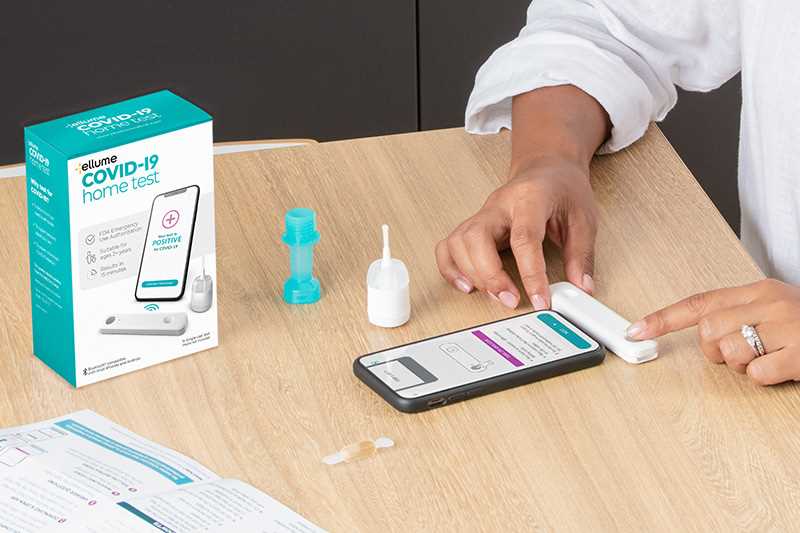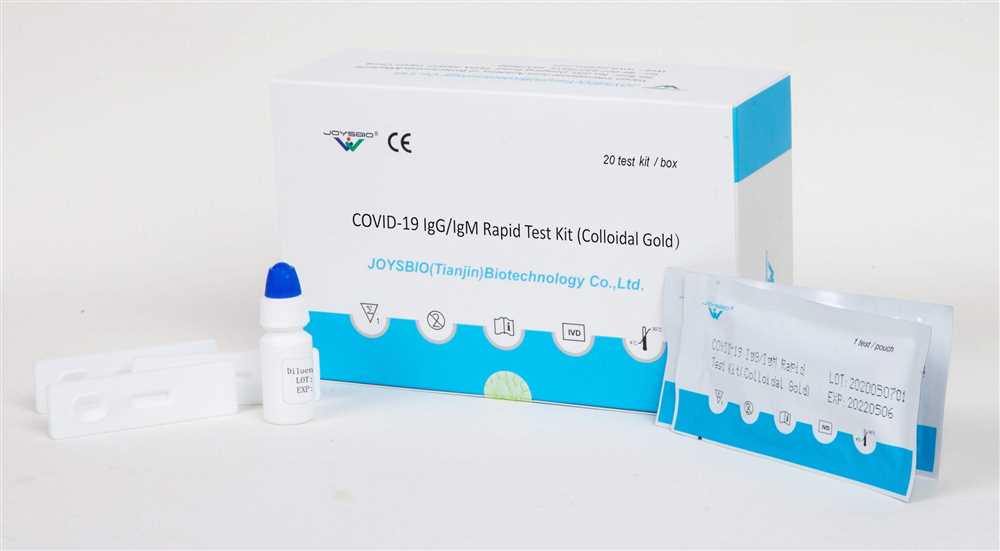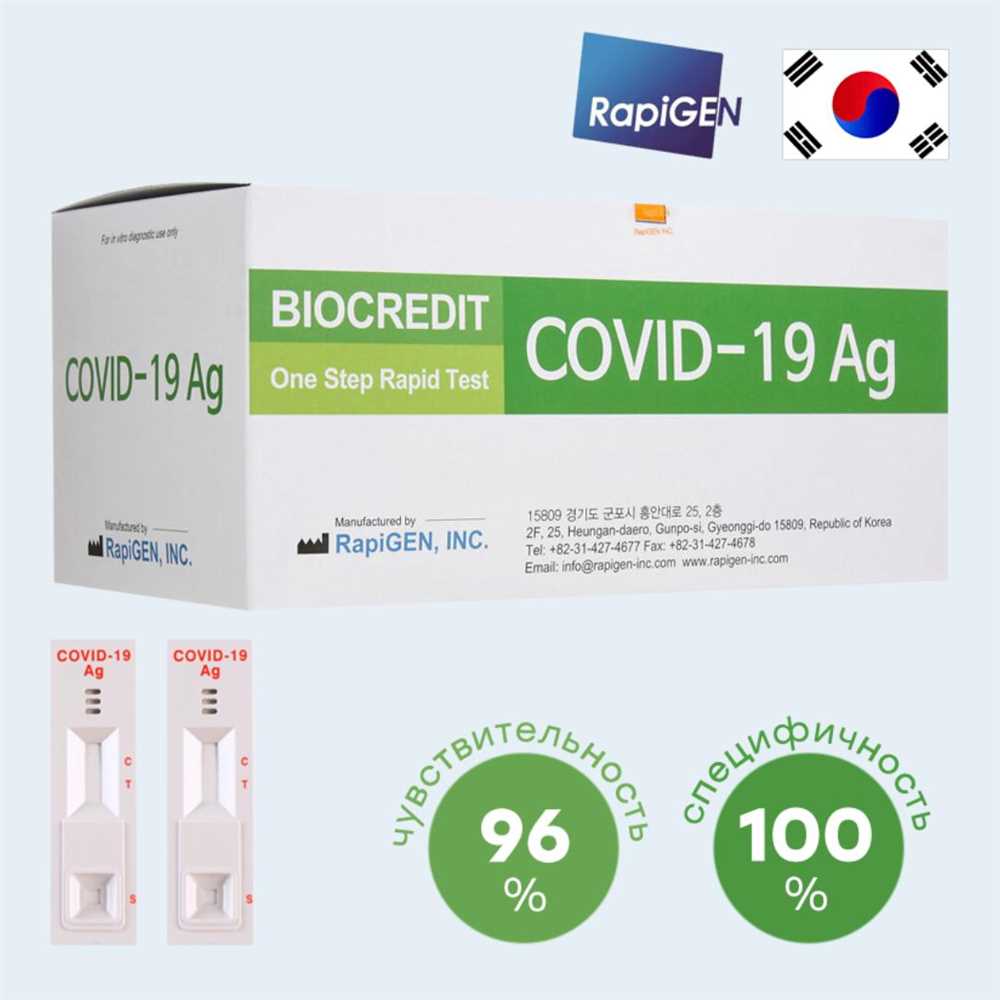
As the COVID-19 pandemic continues to spread globally, efficient and accurate testing for the virus remains a top priority. In addition to traditional testing methods such as polymerase chain reaction (PCR) tests, computed tomography (CT) scans have emerged as a promising diagnostic tool. CT scans provide detailed images of the lungs and can help detect cases of COVID-19, even in individuals with mild or no symptoms.
Unlike PCR tests, which detect the genetic material of the virus, CT scans directly visualize the lungs and can identify the characteristic “ground-glass” opacities associated with COVID-19. This makes CT scans a valuable tool in diagnosing cases of the virus, especially in situations where PCR tests may yield false negatives. Additionally, CT scans can help assess the severity of lung involvement and aid in monitoring disease progression and response to treatment.
One of the advantages of CT scans is their speed and efficiency. While PCR tests can take several hours to yield results, CT scans can provide images within minutes. This rapid turnaround time allows for quick decision-making and implementation of appropriate measures, such as isolation and treatment.
However, it is important to note that CT scans should not replace PCR tests, but rather complement them. PCR tests remain the gold standard for diagnosing COVID-19, as they can detect the presence of the virus at an early stage. CT scans, on the other hand, are particularly useful in cases where PCR tests are inconclusive or unavailable. By combining the two methods, healthcare professionals can maximize diagnostic accuracy and provide timely and appropriate care to patients with suspected or confirmed COVID-19.
What is COVID-19 testing?
COVID-19 testing is a critical tool in the fight against the global pandemic caused by the novel coronavirus. It involves various methods to detect the presence of the virus in an individual, whether they are showing symptoms or not. Testing helps identify infected individuals, trace their contacts, and implement appropriate public health measures to prevent the further spread of the virus.
There are different types of COVID-19 tests available, including molecular (PCR) tests, antigen tests, and antibody tests. The molecular tests, such as polymerase chain reaction (PCR), detect genetic material (RNA) from the virus to confirm an active infection. These tests are considered highly accurate and are usually performed using nasal or throat swabs. Antigen tests, on the other hand, detect specific viral proteins and provide quicker results, but they may have a higher chance of false negatives. Antibody tests are used to identify whether an individual has developed antibodies in response to a past infection.
Testing is usually conducted in designated testing sites, healthcare facilities, or even at home using self-test kits. The collected samples are then sent to laboratories for analysis, and the results are typically available within a few hours to a few days. COVID-19 testing plays a crucial role in identifying and isolating infected individuals, monitoring the prevalence of the virus in communities, and informing public health strategies to mitigate its impact.
- Molecular (PCR) tests: These tests detect genetic material from the virus to confirm an active infection.
- Antigen tests: These tests detect specific viral proteins and provide quicker results, but may have a higher chance of false negatives.
- Antibody tests: These tests identify whether an individual has developed antibodies in response to a past infection.
Testing can help identify and isolate infected individuals, trace their contacts, and implement appropriate public health measures to prevent the further spread of the virus. It is an essential tool in controlling the pandemic and guiding decision-making processes for governments and healthcare providers.
Understanding the basics of COVID-19 testing
The COVID-19 pandemic has highlighted the importance of testing for early detection and control of the virus. COVID-19 testing involves the detection of the SARS-CoV-2 virus, which causes the COVID-19 disease. Testing is crucial in identifying individuals who are infected but may not show symptoms, as well as in tracing and containing the spread of the virus within communities.
There are different types of COVID-19 tests:
- Polymerase Chain Reaction (PCR) tests: PCR tests are considered the gold standard in COVID-19 testing. These tests detect the genetic material of the virus in a person’s sample, such as a nasal or throat swab. PCR tests are highly accurate and can detect the virus even in small amounts.
- Antigen tests: Antigen tests detect specific proteins on the surface of the virus. These tests are often rapid and provide quick results. While antigen tests are less sensitive than PCR tests, they can still be effective in identifying individuals with an active infection.
- Antibody tests: Antibody tests detect the presence of antibodies produced by the immune system in response to a previous infection. These tests are not used to diagnose active infections but can indicate if a person has been previously exposed to the virus.
The COVID-19 testing process typically involves the following steps:
- Collecting a sample: A healthcare professional will collect a sample, usually through a nasal or throat swab. In some cases, saliva samples may also be used.
- Transporting the sample: The collected sample is then carefully transported to a laboratory for analysis.
- Testing the sample: In the laboratory, the sample undergoes specific testing based on the type of test being conducted. PCR tests involve amplifying and analyzing the genetic material, while antigen tests detect specific proteins. Antibody tests examine the presence of antibodies in the blood.
- Interpreting the results: The laboratory will provide the test results, indicating whether the person is positive or negative for the virus. The results may be available within a few hours for rapid tests or a few days for PCR tests.
- Appropriate action: Based on the test results, healthcare professionals and individuals can take appropriate actions, such as self-isolation, treatment, or further testing.
COVID-19 testing plays a crucial role in controlling the spread of the virus, identifying infected individuals, and informing public health measures. It is important to understand the different types of tests available and their limitations to make informed decisions and contribute to the collective effort in combating the COVID-19 pandemic.
Types of COVID-19 tests

COVID-19 testing plays a crucial role in detecting and combating the spread of the virus. There are several types of tests available to diagnose COVID-19. These tests vary in their approach and accuracy, allowing for a comprehensive understanding of an individual’s infection status. Here are some of the common types of COVID-19 tests:
Molecular (PCR) tests
Molecular tests, also known as PCR tests (polymerase chain reaction), are considered the gold standard for diagnosing COVID-19. This test detects the genetic material (RNA) of the virus and is highly accurate. A sample is taken from the nose or throat using a swab, and the genetic material is then amplified and analyzed to determine the presence of the virus. PCR tests can detect active infections, even in the early stages of the disease.
Antigen tests
Antigen tests are a rapid diagnostic tool used to detect specific proteins on the surface of the COVID-19 virus. These tests are relatively quick and can provide results within minutes. They are commonly performed using a nasal or throat swab and can be performed in various settings like healthcare facilities, testing centers, or even at home. Antigen tests are less sensitive than PCR tests but are useful for detecting active infections, especially when a rapid diagnosis is crucial.
Antibody tests
Antibody tests, also known as serological tests, detect the presence of antibodies produced by the immune system in response to the COVID-19 virus. These tests do not directly detect the virus itself but can determine if a person has been previously infected and has developed an immune response. A blood sample is usually collected for antibody testing. These tests are helpful for understanding the prevalence of the disease in a population and for identifying individuals who have potentially developed immunity against the virus.
Combination tests
Combination tests, as the name suggests, combine different testing techniques to provide a comprehensive evaluation of the individual’s infection status. These tests often combine molecular and antibody testing to detect both active infections and past infections. Combination tests offer a more complete perspective on a person’s COVID-19 history and can be particularly useful in research studies or when a detailed understanding of an individual’s infection status is required.
Note: It’s important to consult healthcare professionals and follow guidelines provided by public health authorities regarding COVID-19 testing. The choice of test may depend on various factors such as symptoms, exposure risk, and testing availability.
How does COVID-19 testing work?
COVID-19 testing plays a crucial role in identifying individuals who are infected with the virus and preventing its further spread. There are primarily two types of tests used for diagnosing COVID-19: molecular tests and antigen tests.
Molecular tests: These tests detect the genetic material of the virus, known as RNA. The most commonly used molecular test for COVID-19 is the Polymerase Chain Reaction (PCR) test. It involves taking a sample from the back of the throat or nose using a swab. The sample is then sent to a laboratory, where it is analyzed to determine the presence of the virus. PCR tests are highly accurate and sensitive in detecting the virus, even in asymptomatic individuals.
Antigen tests: Antigen tests, on the other hand, detect specific proteins on the surface of the virus. They can provide rapid results, often within minutes, making them useful for mass testing or immediate diagnosis. Antigen tests are less sensitive than PCR tests and may occasionally yield false-negative results. However, they are still valuable in detecting active infections, especially in symptomatic individuals.
Test results are typically reported as positive, negative, or indeterminate. A positive result indicates that the person has an active COVID-19 infection, while a negative result suggests the absence of the virus at the time of testing. In cases where the result is indeterminate, additional testing may be required to confirm the diagnosis.
It is important to note that COVID-19 testing alone cannot guarantee complete protection from the virus. Other preventive measures, such as wearing masks, practicing social distancing, and getting vaccinated, are essential in controlling the spread of COVID-19.
The process of COVID-19 testing explained
COVID-19 testing plays a crucial role in identifying and managing the spread of the virus. The process involves several steps that help healthcare professionals determine whether an individual has been infected with the coronavirus.
1. Sample collection: The first step in COVID-19 testing is the collection of a respiratory sample from the individual. The most common method of sample collection is a nasal swab, where a healthcare provider inserts a long, flexible swab into the nostril to obtain a sample of fluid from the back of the nose. Other methods, such as throat swabs or saliva samples, may also be used.
2. Transport to the laboratory: Once the sample is collected, it is carefully packaged and transported to a laboratory for further analysis. It is important to handle and transport the sample following specific guidelines to ensure accurate and reliable testing results.
3. Laboratory analysis: In the laboratory, the collected sample undergoes a series of tests to detect the presence of the coronavirus. The most common testing method is the polymerase chain reaction (PCR) test, which amplifies the viral genetic material for detection. Other tests, such as antigen tests or antibody tests, may also be conducted depending on the specific circumstances and guidelines.
4. Reporting of results: Once the laboratory analysis is completed, the test results are reported to the healthcare provider or individual who was tested. The results may be communicated through various means, including phone calls, online portals, or physical copies. It is essential for individuals to follow the recommended protocols and guidelines after receiving their test results.
In conclusion, COVID-19 testing involves the collection of a respiratory sample, transportation to a laboratory, laboratory analysis using different testing methods, and reporting of results. By following this process, healthcare professionals can accurately identify and manage cases of COVID-19, helping to prevent the further spread of the virus.
Methods used for COVID-19 testing
Testing for COVID-19 plays a crucial role in identifying infected individuals and controlling the spread of the virus. There are several methods used for COVID-19 testing, each with its own advantages and limitations. These testing methods can be broadly classified into two categories: diagnostic tests and antibody tests.
Diagnostic tests: Diagnostic tests are used to determine if a person is currently infected with the virus. The most common diagnostic test for COVID-19 is the polymerase chain reaction (PCR) test. This test detects the genetic material of the virus in a person’s respiratory sample, such as a swab from the nose or throat. The PCR test is highly sensitive and specific, providing accurate results. Another diagnostic test is the antigen test, which detects specific proteins on the surface of the virus. Antigen tests are rapid and can provide results within minutes, but they are generally less accurate than PCR tests.
Antibody tests: Antibody tests, also known as serology tests, are used to determine if a person has already been infected with the virus in the past. These tests detect the presence of antibodies produced by the immune system in response to the virus. Antibody tests are often performed using a blood sample. They can help identify individuals who have developed an immune response to the virus, even if they did not show symptoms. However, it is important to note that antibody tests cannot be used to diagnose an active COVID-19 infection.
It is important to use a combination of diagnostic and antibody tests to effectively identify and monitor COVID-19 cases. Diagnostic tests are crucial for identifying active infections and implementing appropriate measures to control the spread of the virus. On the other hand, antibody tests can provide valuable information about the previous exposure and immunity within a population. The availability and accessibility of these testing methods play a vital role in the overall management of the COVID-19 pandemic.
Methods used for COVID-19 testing:

- Polymerase chain reaction (PCR) test
- Antigen test
- Antibody test